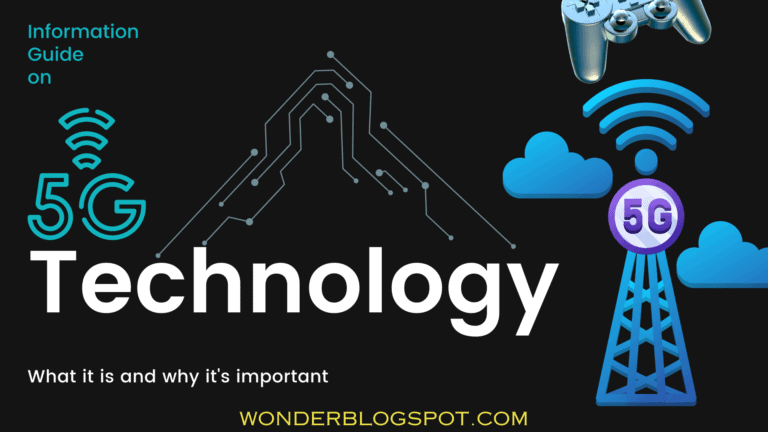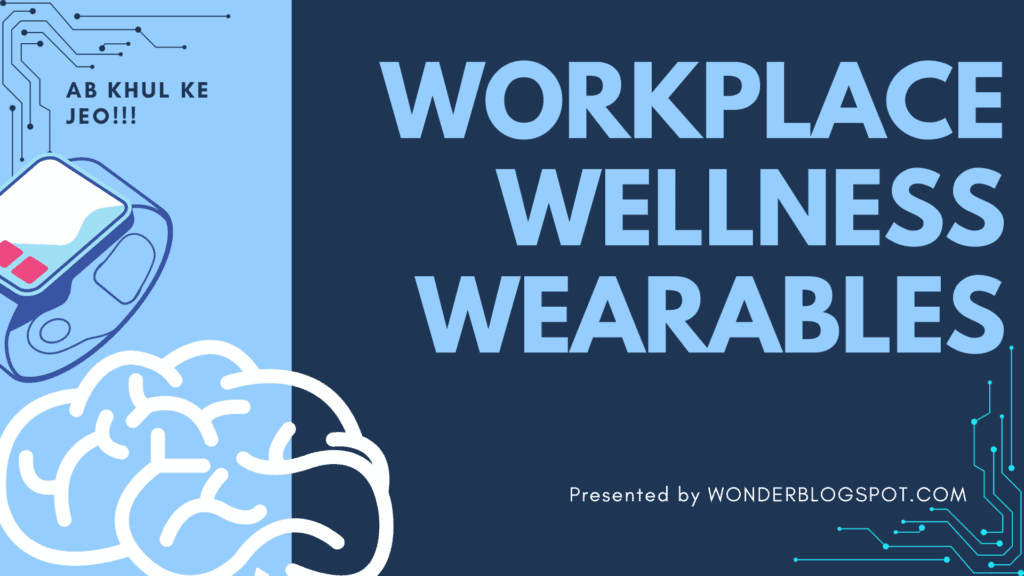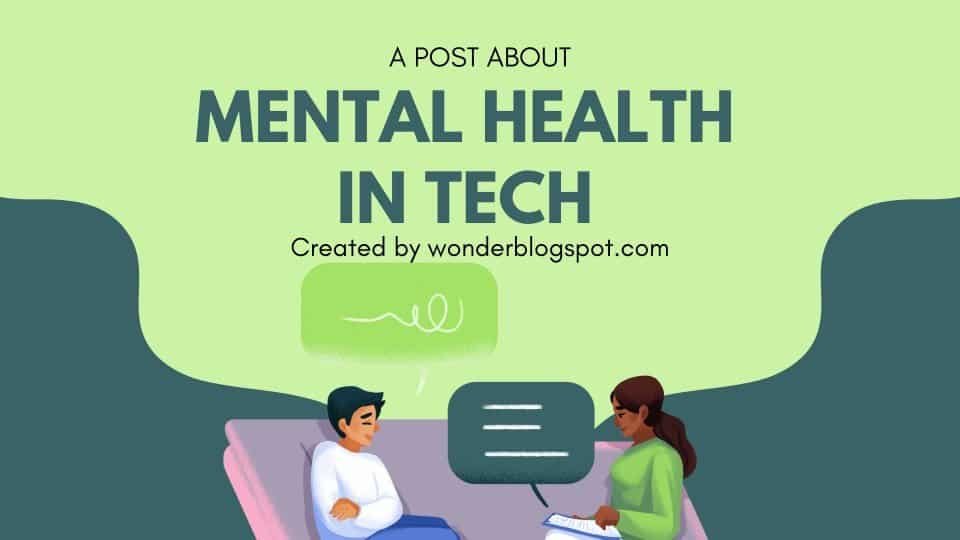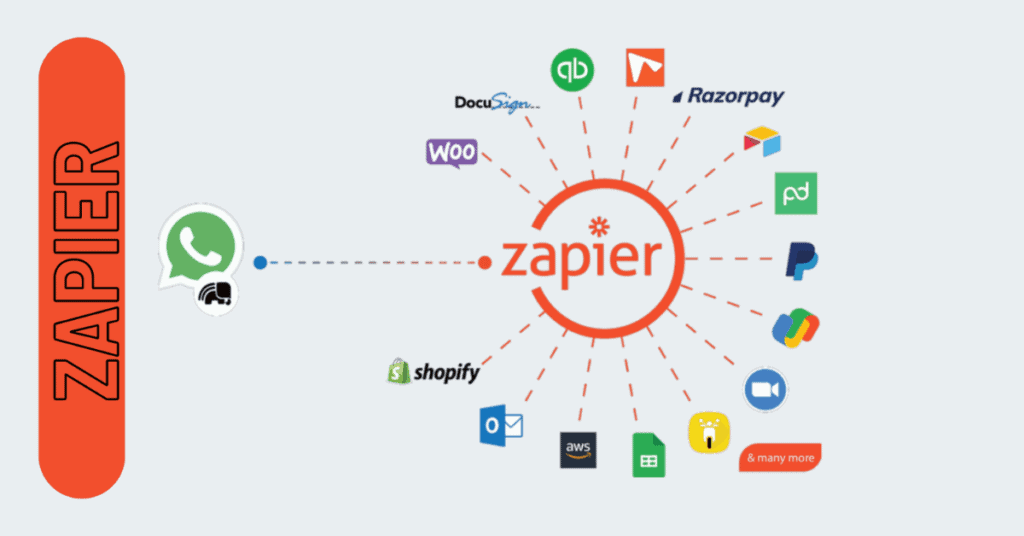Unlocking the Potential: Exploring 5G Technology and its Implications
Tired of waiting for that video to load? 😡
Enter 5G Technology!!! 🔥
This new tech is like a super-powered upgrade for your phone, promising lightning-fast speeds and smoother connections.
We’re talking downloading movies in a flash, playing games without lag, and maybe even controlling robots (okay, maybe not yet, but the possibilities are wild!).
Let’s ditch the buffering and dive into the world 🌍 of 5G.
What it is, how it works, and how it might totally change the way we use our phones (and maybe even the world) in the future. ➾

Table of Contents
Introduction to 5G Technology
Key Features of 5G
Increased Speeds
Lower Latency
Greater Capacity
Implications of 5G Technology
Revolutionizing Communication
Enhancing IoT Connectivity
Impact on Industries
Challenges and Concerns
Infrastructure Requirements
Security and Privacy Issues
Future Prospects of 5G
Potential Applications
Global Adoption
*** Conclusion ***
Frequently Asked Questions
What sets 5G apart from previous generations of wireless technology?
How will 5G impact the Internet of Things (IoT) landscape?
What are some of the main challenges associated with deploying 5G networks?
What steps are being taken to address security and privacy concerns related to 5G technology?
What are some potential future applications of 5G technology?
What is the technology of 5G?
What is the future of 5G technology?
5 Forecasts for 5G Adoption Beyond 2023
Enterprises stand to benefit greatly from 5G’s potential. Significant impacts are anticipated in areas such as Citizen Broadband Radio Service (CBRS) and private networks. Market analysts at Markets and Markets project that the global 5G enterprise market will achieve a value of $1,002.3 billion by 2028
What is 5G in India?
5G Technology: Impacts and Advantages
5G represents the fifth iteration of cellular networks, following a lineage that began with the inception of 1G in the 1980s. Essentially, 5G technology strives to interconnect devices, machinery, and their users via fast and low-latency data connections.
















